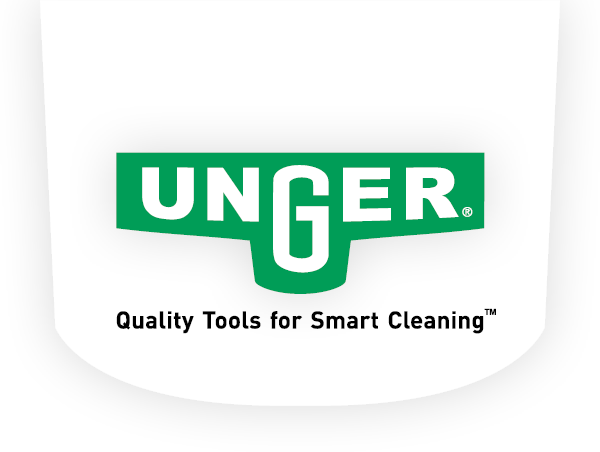NEW! Powerful Nano Filtration with Unger's HydroPower® Nano See The Product

The Keys to Implementing a Successful Workplace Safety Program for Custodial Employees
Robert Ehrhardt is a career safety and environmental professional with over 30 years’ experience assisting industrial and commercial clients with regulatory compliance, program development, training, and auditing.
Since 1996 the U.S. National Safety Council (NSC) has designated June as National Safety Month. It is an opportunity to highlight the importance of employee safety in workplaces throughout the country. Ensuring worker safety is not only a regulatory requirement and the right thing to do, but it also makes good business sense to have a workplace safety program. The direct and indirect costs of a workplace injury can significantly affect a company’s profitability (as illustrated in the “safety iceberg” below).
Pitfalls of a Workplace Safety Program
When it comes to custodial safety, these are the common pitfalls to look out for, for example:
- Ergonomic injuries – Resulting from a variety of repetitive motions, such as pushing, pulling, reaching, bending, and lifting. Sudden or unusual motions or the cumulative effect of normal duties can lead to strains, sprains and other musculoskeletal injuries (e.g., back injuries)
- Electrical hazards – Working with electrical equipment such as vacuum cleaners, floor buffers and power tools exposes workers to the risk of electrical shock.
- Slips, trips & falls – Surfaces slick from floor mopping, spills that have yet to be cleaned up, and power cords of electrical equipment present slip, trip and fall hazards.
- Chemical exposures – Chemicals in various cleaning solutions can irritate the skin, cause rashes or burn the eyes if splashed.
- Blood-borne pathogens – Exposure to blood-borne pathogens from cuts, nicks and scrapes can cause serious disease, including Hepatitis B, Hepatitis C and Human Immune Deficiency Virus (HIV), which causes AIDS.
- Working at heights – Working on or with elevated surfaces such as ladders, booms and scaffolds presents significant fall hazards that can combine with electrical, ergonomic and chemical exposure hazards for increased overall risk.
OSHA Compliant Safety Programs in the Workplace
Every organization must have a safety program compliant with Occupational Safety and Health Administration (OSHA) regulations to address all these risks. Safety experts agree that two crucial contributors to a successful workplace safety program are:
- Management Support & Leadership Too often I have been to workplaces where a safety program exists for front-line workers, especially custodial workers, only for management to disregard said policies they are enforcing on others. Management needs to set an example by following the same safety procedures they expect workers to follow. Management provides the leadership and resources needed for an effective workplace safety program.Safety and health performance needs to be considered a key measurement for everyone in the organization from business ownership to managers, supervisors, and front-line workers. High performing businesses have a clear, written policy that helps communicate that safety and health is a primary organizational value –as important as productivity, profitability, product or service quality, and customer satisfaction.
- Employee Participation and Involvement Custodial workers in successful safety programs aren’t just given policies and procedures to follow. They are brought into the process at the program’s inception, contributing to the creation of the program itself.Meaningful worker participation has workers involved in establishing, implementing, evaluating, and improving a workplace safety and health program. You would be surprised how often I see safety policies drafted by management who do not spend any time in the work areas and therefore get critical safety details in their policies wrong.Workers often know the most about potential hazards associated with their jobs. Successful programs take advantage of their knowledge and experience. By encouraging employee participation, management demonstrates that they value their input into safety and health decisions. Ensure that workers from all levels of the organization can participate regardless of skill level, education, or language. Providing frequent, regular feedback shows workers that you hear and respond to their safety and health concerns.
A successful workplace safety program is critical for the continuing success of your organization. A successful organization has a culture of worker safety, which means all employees are involved, from the managers following policy to the employees helping to create policy. After all, while June is National Safety Month, every month should be about the safety of every employee.
